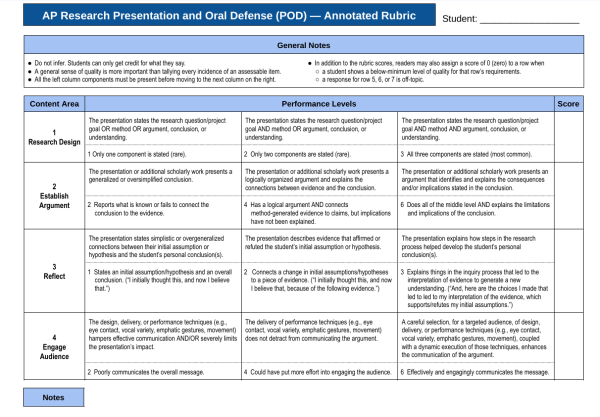How to Write an Essay for Class
Two Methods for Success Every Time.
Essays. At the Magnet, you write one to get in, and you write one to get out. And then you write approximately 9832570981 in between. If you follow the Magnet Method™ this equates to approximately 9832570981 late nights and for all of you caff addicts out there, 4 million cups of coffee.
There has to be a better way. For this reason, I have devised a method which I believe is relatively feasible, and most importantly minimally stressful.
**Disclaimer: This method is designed for your standard 5ish paragraph essay (the most common kind in high school). This will not help you in Capstone. Sorry, there is no help for you here or anywhere.**
Step 1: The day of assignment.
After being given the prompt, write the introduction and conclusion IMMEDIATELY. If given time in class, resist the temptation to talk with friends or work on Spanish homework, start now. If you don’t have time in class (likely) do it that night at home. Starting early is the most important part of the process — if you follow none of my other advice, at least do this. The introduction and conclusion tend to be the easiest parts of the essay, as you basically only have to know the prompt, and have three ideas to write a thesis and some context (a fancy word for fluff or filler). More importantly though, once you have this out of the way, you will feel like you have most of the essay done and the rest will seem much less daunting.
There’s also an easy formula for intros and conclusions. Your introduction should move from broad to specific, and then the conclusion is the opposite, from specific to broad. For example, If your topic is something like analyzing themes in a summer reading book (approx. 12718 of your essays will be along these lines), you can start by discussing the novel as a whole, the historical context of when the author wrote the novel, the significance of characters etc. then list some themes, before finally giving your thesis which narrows down to one or two particular themes. Basically, just beat around the bush until you are ready to reveal your thesis. Then in your conclusion, work in the opposite direction. Wrap up your paper by giving a final thought on the contents of the paper, make a statement about how the theme contributes to the meaning of the book, and finally, how the theme applies to universal human life or the author’s time period.
Now I know that you may have tuned all of that out as soon as I said “analyzing themes” and “historical context”, so I’ve included a graphic which may be of some use.
Step 2: The meat.
If you are given multiple days to complete this assignment, then I recommend doing at least one body paragraph a day until complete. This will likely take you only about 30 to 40 minutes each sitting, which is a lot better than doing it all at the same time on a Sunday night at 3am. Study hall and right after school is the best time for this in my opinion, when your mind is still on SchoolMode.
Some tips for these paragraphs include finding all of your quotations beforehand and simply connecting them throughout the paragraph (if the essay is literary) or listing ideas that you want to highlight in the paragraph on another sheet of paper, then figuring out how to zig zag around and connect them. Essays in my opinion could all be replaced by bulleted lists if only we didn’t have to make everything sound ~sophisticated~. It boils down to a few concepts that answer the prompt, so essentially the challenge is to write 800 words about them. English teachers, amirite. (Haha, I’m kidding Ms. Hurt….)
Step 3: Revise.
If you follow the method, you will likely be revising as you work so this isn’t as important for you. However, if you are a tried and true “I do my best work during crackhead hours” type of kid, this step may be the only one that counts. The difference between a mediocre yet acceptable essay and a Straight Garbage, Poor Excuse For An Essay (copyright 2019) is a few comma splices and a misspelling of the word “necessary” (neccessary, necesary, neccessary, necessery, necesito, you take your pick). Just read it once then go pat yourself on the back.
I’m not going to lie, though. As we speak, It’s 11:36 on the night before my publishing deadline (I’m just kidding Ms. Hurt……..), my computer’s at 9% and my brain’s at -9. I’ve been ctrl+shift+c-ing since my first paragraph and I’m in desperate need of some remedial sleep. I don’t claim to be a saint. So I leave you with this: The TRUE Magnet Method™
Step 1: The day of assignment.
Look at it once, shove it in the back of the brain.
Step 2: The meat.
It’s 2:03am the day before your deadline. Spend AT MOST 15 minutes per paragraph. Or maybe write 1 ½ paragraphs, tell yourself you are going to take a 10 minute nap, wake up at 7:30 the next morning, panic, cry on the drive to school while typing on Google Docs on the bridge, write more in first block, “oh God I still need 250 words”, two sentences for the conclusion, run to the library or a friendly teacher to print, “What’s wrong?” says the teacher or, alternatively “no running” says the librarian, find the last three sheets of paper, wait for computer to load, print, run back to class, and staple the paper with your dead, shaking hands, mumble an apology to the teacher, wait for PowerSchool notification.
Step 3: Revise.
Ha. Haha. lol ok, “revise”, yeah OK sure.
Choose the method you can handle depending on your workload and stress levels. You will likely employ both strategies over the duration of your high school experience, and countless times you will find yourself using a mixture of both. As a final piece of advice, I would recommend that you always ALWAYS reward yourself after you finish. I think I’ll have some Scooby Snacks now.








